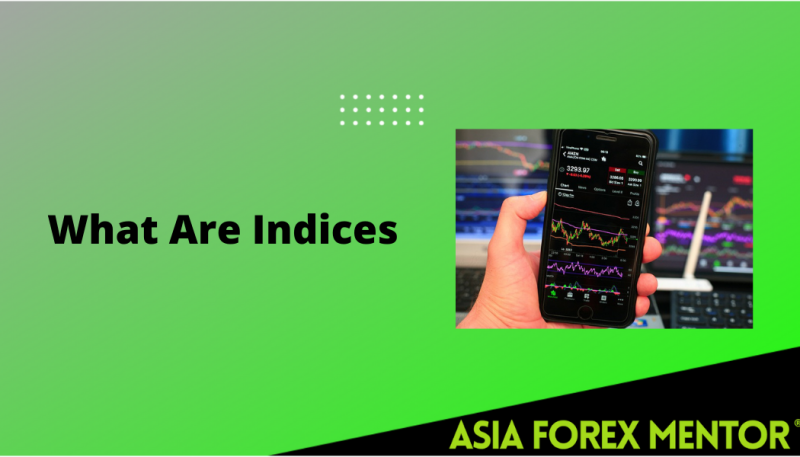
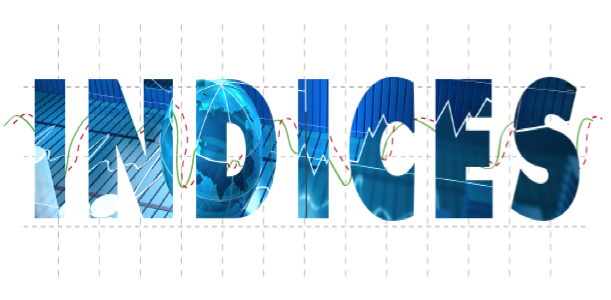
Also Read: How Does Money Flow Index Work?
Contents
- Tell me the Meaning of Indices
- The History of Index Trading
- Why Do We Trade in Indices?
- How to Trade Indices?
- Benefits of Indices Trading
- How to Trade Indices CFDs?
- What is the Most Popular Stock Market Index?
- What is the Volatility Index?
- What is the Best Day to Trade Indices?
- How are Stock Market Indices Calculated?
- How to Compare Indices?
- How are Indices Compiled?
- Tell me the Best Stock Market Index to Invest In
- What Factors Influence Stock Market Index Prices?
- Conclusion
- FAQs
Tell me the Meaning of Indices
Indices are a statistical measure of change that occur in the securities market. They often serve as indicators that help to measure the stock market or a part of the stock market while comparing the current stock price levels with the past prices to calculate and predict market performance.
Indices and Index both have the same meaning. Indices are simply the plural of Index. The index shows the value of a single asset and reflects the fluctuations of the constituents in that same index.
Every index is required to have two major criteria which are: it must be transparent, and it must be investable.
The History of Index Trading
Financial journalists were the first to produce indexes. The Dow Jones indexes were created in the late 1800s by statistician Edward Jones and Charles Dow, who went on to become the editor of The Wall Street Journal, which was first published in 1889.
The Dow Jones Transportation Average, commonly known as Dow Jones Transports, was founded in 1884, and the DJIA is the second-oldest index in the world. The transportation index took into account the average change in stock prices of the 11 major transportation corporations, nine of which were railways. Customers' Afternoon Letters, a two-page daily financial news newspaper, was the first to publish the indexes.
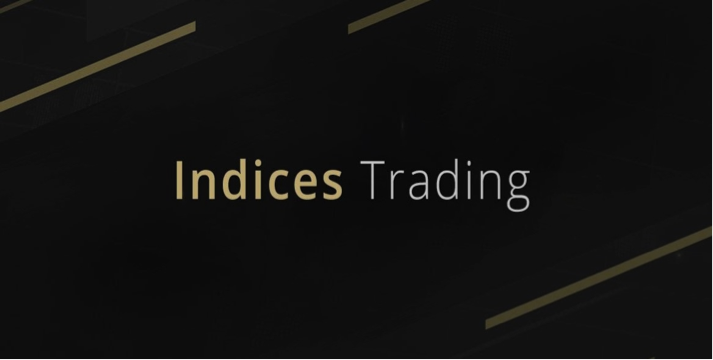
Stock market indexes grew in popularity during the stock market bubble that preceded the 1929 catastrophe. In 1923, the Standard Statistics Company, the forerunner of Standard & Poor's (S&P), released its first stock index. In the 1920s, the New York Times and the New York Herald Tribune began producing indexes.
During the bull market rebound after the 1929 stock market disaster, other indices were created, such as the Financial News Ordinary Index, which was published in 1935 by the progenitor of the Financial Times and later became known as the FT 30.
The first index fund for investors, Standard & Poor's Depositary Receipts (SPDR) S&P 500 ETF, debuted in the 1970s, and the first US ETF, Standard & Poor's Depositary Receipts (SPDR) S&P 500 ETF, debuted in 1993. Following the 1987 stock market meltdown and the technological boom of the 1990s, investors were more interested in trading stock baskets.
Since the financial crisis of 2008, the popularity of exchange-traded funds (ETFs) has skyrocketed, attracting more investors to inactive investing techniques. According to the Index Industry Association, indices are primarily used to benchmark ETF portfolio results.
Why Do We Trade in Indices?
Indices are good for trading because they have more trading hours than most other markets resulting in longer exposure to possible opportunities.
CFDs which stand for Contract for Difference are often used to trade indices because it allows for the capitalization on market fluctuations in both the long and short direction.
By Contract for Difference, we mean an agreement between
Three major factors contribute to the reason investors prefer to trade indices.
To go long or short
This has to do with buying and selling due to price movements. For instance, when trading with Contract for Difference, CFDs, you can go long by buying when predictions show that the price would likely rise while you go short when you sell a market because you foresee that the prices could likely fall.
The index trading here is solely dependent on the accuracy of your predictions and the size of the market movement.
To hedge existing positions
This has to do with shorting an index to save yourself from having so many losses in your portfolio. Most retail investor accounts with several collections of shares trade in indices to save their portfolios.
In this situation, if the financial markets experience a downturn that leads to shares losing value, a short position will increase the value in a short position. The whole process will lead to an offset in the losses of stocks. But if the stocks experience an upturn in value, a fraction of profits realized will be offset by the short index.
To do leverage trading
Since CFDs are leveraged products, retail investor accounts need to let in only a little initial deposit. This initial deposit is called a margin and it helps to open up a position that would expose you to a large market. Bear in mind that your profit and loss is calculated when trading with leverage. The profit and loss are calculated with position size and not the margin used in opening the trade.
How to Trade Indices?
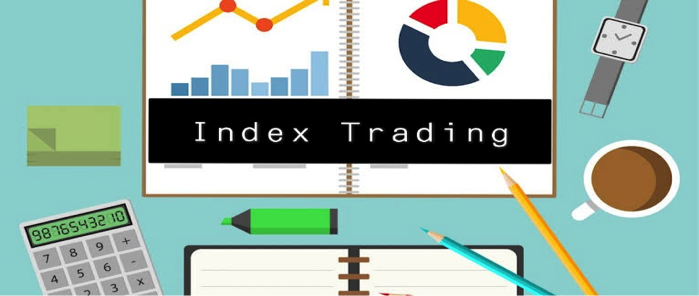
Select trade lines
CFDs can be used to trade indices as they are financial derivatives. This insinuates that investors can use CFDs to speculate indices that are set to increase and decrease in value.
Trade-in index futures or cash indices
This is time to decide on what to trade; you can trade either index futures or cash indices. Index futures are most preferred by traders and investors who look at the financial markets on a long-term basis. Index futures have widespread and an overnight funding charge is attached to them. The index futures are also traded at the prices used in futures; this is the price agreed in the present for future delivery.
Cash indices are used by traders and investors that look at the market on a short-term basis. Traders with cash indices are day traders and the cash indices have a tighter spread than index futures. This type of indices is traded at spot price unlike index futures and they are gotten by taking the front-month futures and applying reasonable value.
Open an account and log in
To begin CFD trading, you need to open an account with the platform you wish to use. Make sure to get the necessary information about the platform before going ahead with registration.
Choose your preferred index
Before going ahead with this, first, get familiar with your trading style. Your choice of index is dependent on your desire for risk and availability of capital. It is also dependent on if you prefer long-term or short-term positions.
Go long or short
In this, going long results in the fact that you’re contemplating the value of an index rising while going short implies that you’re contemplating the value of an index decreasing. The outlook of an economy has an impact on the position.
Supposing an economy looks great based on performances from an index, long positions will help in realising profit if an index value is set to increase. But supposing an economy looks bad based on the underperformance of large companies with market capitalisation on the index, short positions will help if the index value is set to decrease.
Stops and limits are important
These are important for risk management when trading indices. You might want to set a stop order to close your position if it goes below the level of the current market price. You might also want to set a limit order to automatically close your position if it reaches a promising market price.
Open your position
After making up your mind to begin indices trading, go ahead and open your trade. To open the trade, go to your preferred trading platform and select the market you want to trade on. After that, decide on trading either index futures or cash prices. Click on buy or sell if you think the price will rise or fall respectively. Next, you enter the position and place your deal to open the trade.
Benefits of Indices Trading
Indices trading comes with several benefits. Some individual traders and investors trade in their investment accounts to have a retirement plan. Trading indices gives investors the best exposure to a reasonable variety of companies.
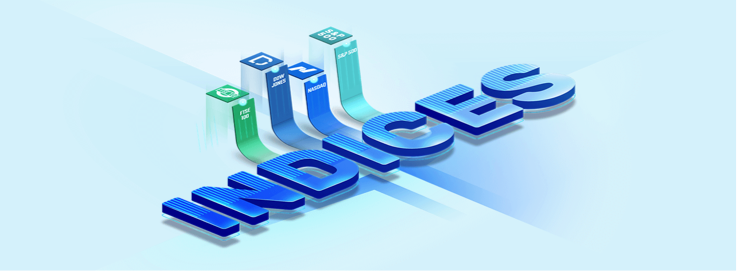
Some companies give out information about the fall of price over a certain period and others do the opposite. The diversification of these companies gives a reason for the evening of excessive volatility.
Every trading session comes with its index values. However, these values do not gain or lose a great amount except a major change occurs. The changes might include a natural disaster, a market crash or a geopolitical event.
Trading indices saves investors from the high risks present in individual stocks; there is a low risk involved. Investing in company stock has its disadvantages as you lose your investments when the company goes bankrupt.
Conversely, if a company in an index wraps up, the next big company outside the index in question will replace it. The value of this index might dip for a short while or it might have no impact but this depends on the size of the unsuccessful company and the performance of its components.
Investing in index limits the yields you might get from a progressing company. An index can be outperformed by individual growth stock by a great multiple even though there is a high risk involved.
How to Trade Indices CFDs?
A contract for difference (CFD) is a sort of agreement between a trader and a broker in which either the party agrees to cover the difference in the value of an asset or bond to the other. The broker expects to benefit from the difference in the asset's price when the transaction is opened and closed.
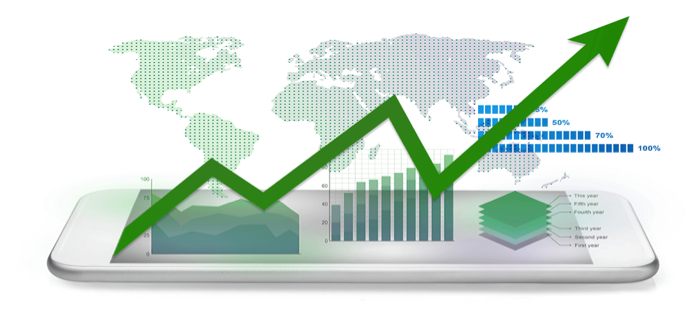
When trading indices using CFDs, you can try to profit from market volatility from both angles: You can take a long position in the FTSE 100 if you believe it will rise. You can take a short position if you feel the FTSE 100 will fall.
When you buy an index fund directly, on the other hand, you only earn if the value grows. Rather than utilising an exchange or a mutual fund provider, you can trade directly with your CFD broker.
What is the Most Popular Stock Market Index?
The NASDAQ–100 is the stock market index with the biggest average trading volume. The index-tracking Invesco QQQ ETF (QQQ) has grown to be among the world's largest ETFs. The NASDAQ-100 gained 372 per cent in price from 2009 to 2019, for a total profit of 430 per cent with dividends. It's important to note, as always, that previous success is no guarantee of future results.
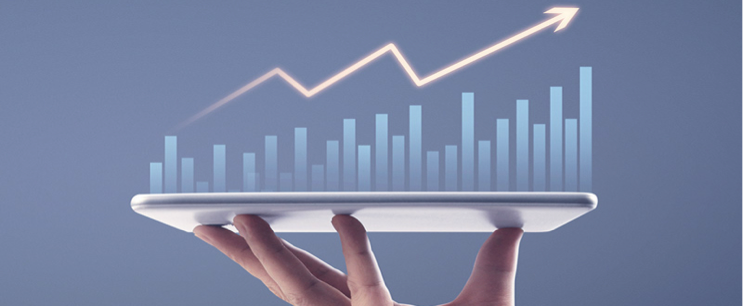
The NASDAQ–100 will beat the S&P 500 by more than 30% in 2020. However, there are times when the NASDAQ-100 underperforms. One of them is the first quarter of 2021 when the NASDAQ-100 gained 1.76 per cent vs 6.17 per cent for the S&P 500.
Because of the variety of trading instruments available, investors may invest in the NASDAQ–100 Equal Weighted Index to receive exposure to the NASDAQ–100 while lowering their risk (NDXE). The NDXE assigns a 1% weighting to each component stock, with the top ten holdings receiving just 10% of the total, rather than more than 50%. As a result, the index's weighting is more diversified and less concentrated on technology firms.
What is the Volatility Index?
Volatility is a measure of how quickly prices vary and may be used to gauge the current market mood. The VIX volatility index was designed to evaluate the S&P 500 market, but it is now widely used by traders and investors to research the volatility of the entire US market. The VIX volatility index measures how the market expects the S&P 500 to move at price over the next 30 days.
Because very high volatility is typically associated with investor dread, the VIX volatility index is sometimes known as the “fear index” or “fear gauge.” When the market is fearful, the VIX percentage value rises during periods of extreme volatility and falls when the market settles.
Increasing interest rates can have a detrimental impact on reduced volatility indices like the S&P 500 Low Volatility Index. This is owing to the features of sectors like utilities and staples, which are typically associated with these tactics.
Also Read: How Do You Trade With A Volatility Indicator?
What is the Best Day to Trade Indices?
There is no specific day for trading on an index, and there are often when prices change more regularly than others. Generally, the closing hours are most volatile in terms of volume. The report further outlines a typical shift from Monday to Friday with higher volatility than Wednesday.
However, volatility will need careful consideration. Because achieving higher earnings does pose the possibility that you could suffer greater losses, this is something you should look at when developing risk-management strategies.
How are Stock Market Indices Calculated?
Indices were first calculated as simple averages, but indices of today are calculated as weighted averages. The value of a weighted average index is calculated using two major formulas:
Price-weighted indices
The share prices of its component equities are used to generate price-weighted indexes. This indicates that the index's value is influenced more by firms with the highest share prices.
Price-weighted indices are less prevalent than market-cap-weighted indexes. The most well-known price-weighted index is the Dow Jones Industrial Average.
Market value-weighted indices
The total market capitalization of its component firms is used to generate market-weighted indexes. This indicates that the largest firms have the most influence on the value of the index.
Every company's market cap is computed using free float shares that are openly traded. Because it excludes shares held by business insiders, a firm's free-float market cap is lower than its overall market cap.
How to Compare Indices?
When determining which industry to invest in or trade-in, comparing indices may be a beneficial exercise. The S&P 500 index, for example, is recognised for being less volatile than the Dow Jones. As a result, for a long-term investor, the S&P 500 may be preferable.
Day traders, on the other hand, intentionally seek out market volatility to profit from higher possible returns in shorter periods. Price charts across identical durations may be used to compare indices, so the more information that you possess, the more precise the analysis will be because prices can fluctuate substantially in a given day. Analysing a stock's price above a one-year timeframe, for example, can offer you a more realistic picture of that market's entire performance.
How are Indices Compiled?
Committees oversee indices, which establish the standards that business stocks must fulfil to be included.
Such groups hold regular meetings to assess the index criteria and make judgments regarding whether firms should be included or removed. Some committees do quarterly evaluations, whereas others conduct annual reviews.
Some committees will eliminate stocks that no longer fulfil the eligibility standards, whilst others keep them or give them the chance to comply.
Tell me the Best Stock Market Index to Invest In
According to the Index Industry Association, there are 3.05 million stock market indices throughout the world. They include anything from huge corporate indexes to industry subsectors like consumer staples, as well as issues like environmental, social, and governance (ESG).
NASDAQ-100 (US100)
S&P 500 (US500)
Hang Seng (HK50)
FTSE 100 (UK100)
Dow Jones Industrial Average, or DJIA (US30)
What Factors Influence Stock Market Index Prices?
The share prices of member firms affect the price of stock market indexes. The performance of the larger components has a greater impact on indexes that are weighted averages.
The performance of stock markets is influenced by interest rates established by central banks such as the US Federal Reserve, the Bank of England, and the European Central Bank. Stock indices rallies are fuelled by expansionary monetary policy, which includes lower interest rates and aggressive asset purchases, but stock market declines are hampered by higher interest rates.
Changes in exchange value can also affect indices that are weighted toward firms that derive the majority of their income abroad. The FTSE 100, for example, contains firms that have profited from the weakening of the pound sterling in recent years, as sales revenue in foreign currencies was converted into pounds at a greater rate.
Elections and other political factors can have an impact on the stock indices. International markets are influenced by US presidential elections, as investors analyse the impact that a new administration's policies would have on the world's largest economy.
Conclusion
Indices trading means you place an investment in stocks or indexes – a measure of various companies. Indices trading offers you access to an entire sector of an industry in an immediate manner while allowing you to hold different positions.
Traders can gain a good return on their investment by accurately predicting market prices. If one believes that the FTSE100's value is going up, then the position is open in a long spot. If you believe this is going to collapse you're opening up a short position. Profits or losses can depend on your forecast accuracy.
FAQs
What exactly are indices?
Indicators are indicators and measures of things. Generally speaking, the term is used for financial measures that determine the change in the stock market. Stock and bond markets indexes are primarily used as hypothetical securities representing specific sectors or markets in the financial sector.
What are the 3 indices?
The 3 main stock exchanges of the United States are the S&P 500, DJIA, and Nasdaq Composite Index.
What are indices in forex?
Indices measure the performance of a group of stock exchanges in the market. The trading index provides you with access to a wide range of economic sectors and markets while allowing you to open a single position.
Are indices good to trade?
Investing in stocks is advantageous because they offer higher profits than the stock market. Traders need comparatively little information to trade in indexes. Futures trading or Options Contract trading is regarded as the derivative market in that they originate with indices already present in stocks.

















